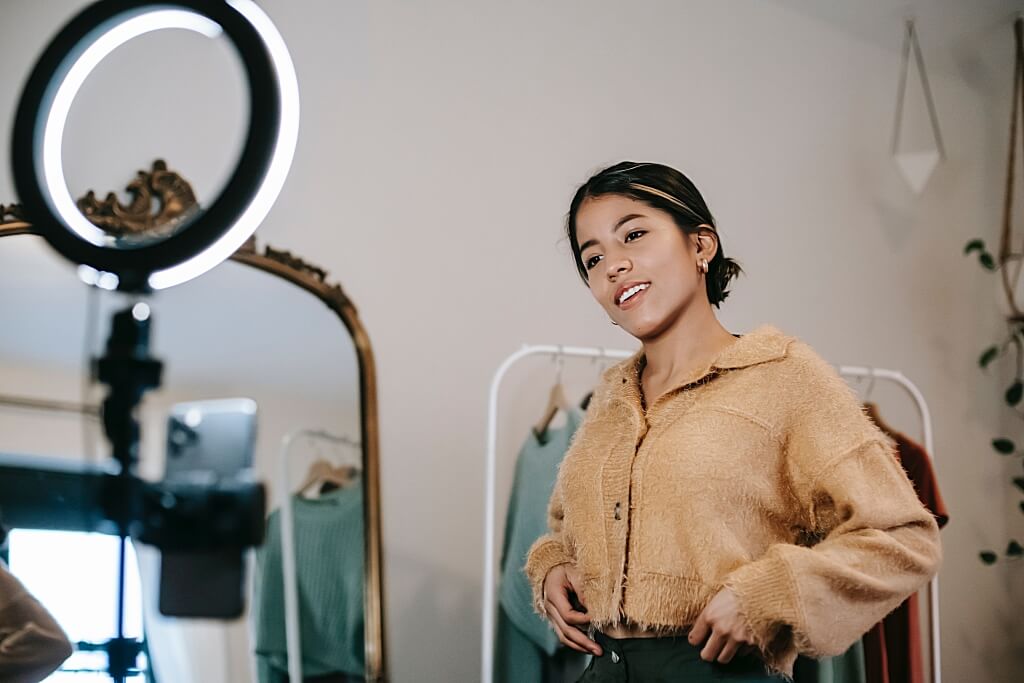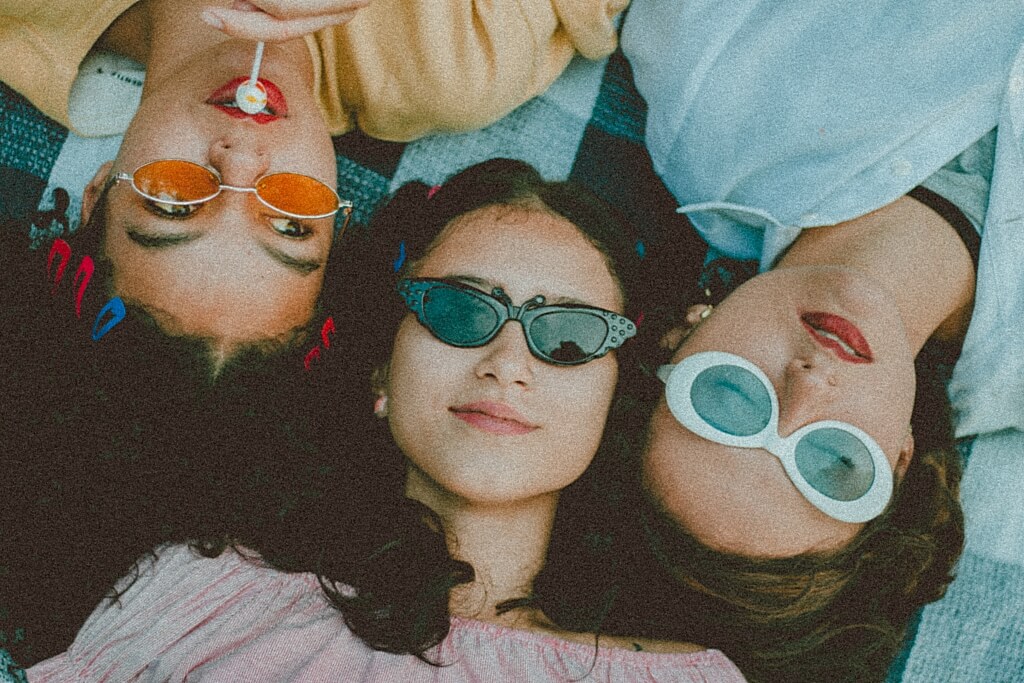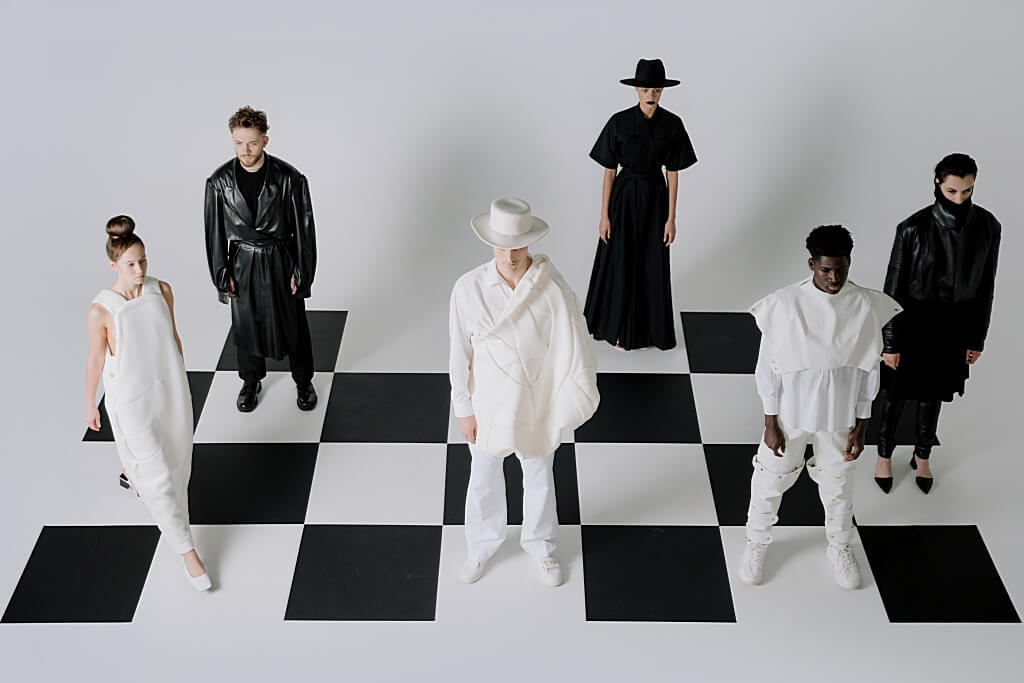Fashion trend forecasting
05/09/2022 2022-09-05 17:42Fashion trend forecasting
Fashion trends are what’s popular and what’s “in” for the season or for the foreseeable future. These fashion predictions are the pre-cursors to fast fashion. The fashion trends that are affected by major shifts in the society like demographic changes, change in lifestyle, economic conditions and such are macro trends. Whereas fashion trends brought about by influencers or a new fad that only lasts for a small amount of time are called as micro trends.
Both the macro trends and micro trends tend to be in and out of fashion cycle over a period of time. To give you an idea, the bell bottom pants were in fad during the 80s in India. Everyone from movie stars to general public, everyone styled it well, for a long time. Then, it slowly fell out of fashion. Whereas micro trends like tiny sunglasses fell out fashion pretty quick. So, there’s a lot to fashion trends and fashion trend forecasting. Here is a glimpse behind the scenes of the fashion world and how the fashion trend forecasting works.
What Is Trend Forecasting in Fashion?
Trend forecasting is a sector that offers insights about predicting the future of a market. Trend forecasting is a part of the work cycle in every industry, it uses data from past sales to anticipate future opportunities. In the fashion industry, Fashion forecasting is concerned with predicting upcoming fashion trends like colours, styling techniques, fabric textures, and more which are bound to spark consumer demand. Fashion forecasters produce trend reports that fashion designers use to create new clothes and accessories for brands.
Depending on the fashion forecast the new and original designs are showcased at fashion shows and then the popular designs are brought into the retail market for general public. There are two types of fashion trend forecasting. Long term fashion trend forecasting and short-term fashion trend forecasting. Let us understand the key difference between long term fashion trend forecasting and short-term fashion trend forecasting.
What Is Long-Term Trend Forecasting?
Long-term forecasting is synonymous with macro trends – major shifts in fashion that will be relevant for more than a period of two years. These are the big-picture trends that define the fashion business, such as changes in demographics, lifestyle, and the way that clothes are designed and the target demographic it is sold for.
What Is Short-Term Trend Forecasting?
Short-term forecasting has more to do with micro trends. Short-term forecasts change from season to season and typically have to do with colour, style, and the influence of current events and most importantly pop culture.
5 Ways Fashion Brands Forecast Trends
The fashion trend forecasting process varies with every brand. Women fashion brands, for example, are typically more invested in micro trend market analysis than menswear brands because fashion brands that cater to women usually bring forth more collections per year. Forecasting also depends on the size of the company, its target demographic and market, but there are several reliable ways brands forecast trends.
1. In-house trend forecasters:
Large fast fashion brands are often vertically integrated, meaning their trend forecasting is done in-house. This allows the fashion forecasters to work directly with fashion designers and product development teams to create new products that ensures adequate supply to meet the forecast demand in the market.
2. Trend forecasting agency:
Large brands that aren’t vertically integrated often turn to the expertise of trend forecasting agencies, which produce trend research reports about the market and the demand for a fee.
3. Top-down forecasting:
Top-down forecast was the old school method of fashion trend forecasting where the trend forecasters did most of their research at fashion shows. Before the rise of the Internet, trend forecasters noted the most promising looks on the runway, and then brought that information from the catwalk to chain-store product developers and fashion magazines like Vogue. This method of “top-down” forecasting, has to do with the way fashion trends trickle down from haute couture runways to high street shops.

4. Bottom-up forecasting:
In the new internet age, every individual tends to bring in their A-game on social media. Fashion forecasters tend to closely monitor the target demographic and their key influencers to predict the demand for fashion and future trends. This method is called bottom-up forecasting.
5. Other industries:
The indie collections are designed and curated by small independent fashion designers who prefer to stay away from trend forecasting altogether, instead creating mood boards based on art, film, and nature to inspire their unique collections.
Most fashion trend forecasting methods rely on a combination of “top-down” and “bottom-up” forecasting, plus an intimate knowledge of the fashion scene and personal intuition to make predictions about the future of fashion.















